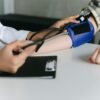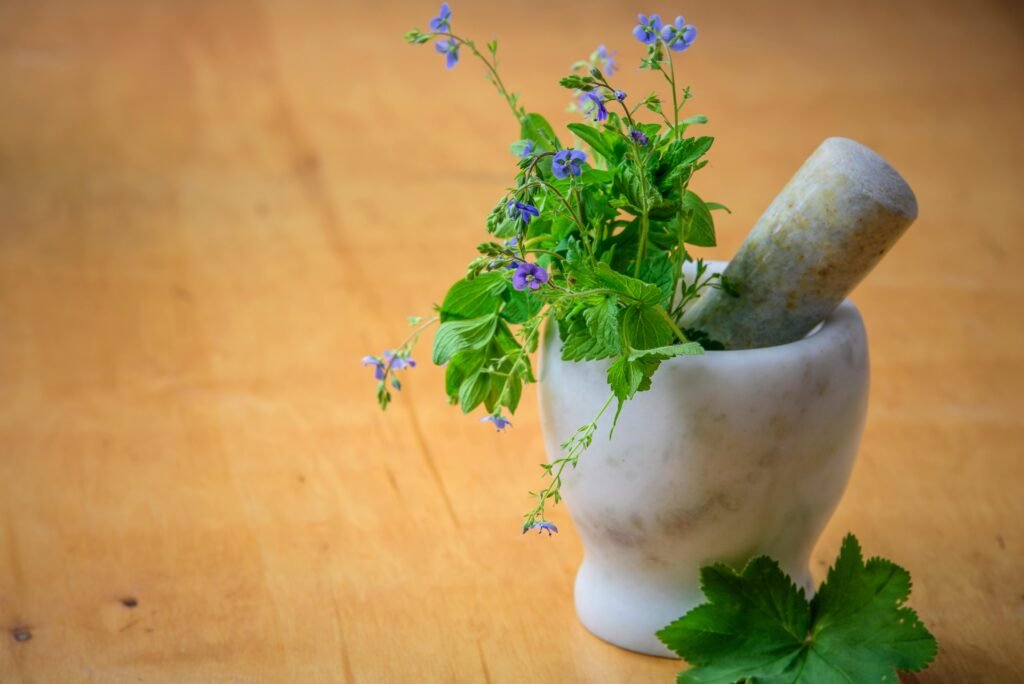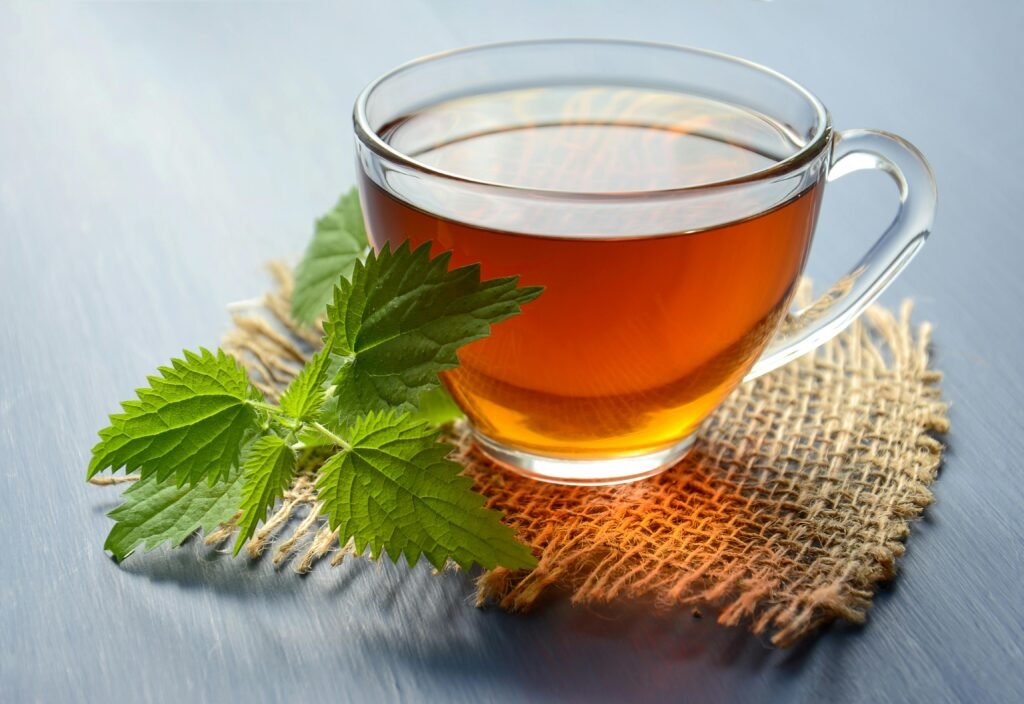Experiencing breast pain during menopause can be both frustrating and concerning. As your body transitions through perimenopause and menopause, hormonal fluctuations are common and can lead to various symptoms, including breast discomfort.
Several factors contribute to breast pain during menopause, ranging from hormonal changes to other medical conditions and stemming from both cyclical and non-cyclical sources. Hormonal therapy, for instance, has been reported to cause breast pain in some women within the first year of treatment, making it important to monitor any new or worsening symptoms closely.
While breast pain can often be managed with lifestyle adjustments and over-the-counter treatments, persistent or severe pain may warrant professional medical evaluation. Consulting a healthcare provider can lead to a clearer diagnosis and more targeted management strategies. Knowing when to seek help and which treatments are available can greatly improve your quality of life during this transformative phase.
Key Takeaways
- Hormonal changes in menopause often lead to breast pain.
- Professional care may be needed for persistent or severe pain.
- Lifestyle adjustments and treatments can help manage symptoms.
Understanding Breast Pain in Menopause
Breast pain during menopause can be influenced by hormonal fluctuations and the resulting changes in breast tissue. It’s important to recognize different types of breast pain to manage and address the symptoms effectively.
Hormonal Fluctuations and Breast Tissue Changes
During menopause, hormonal fluctuations, particularly the levels of estrogen and progesterone, can greatly impact your breast tissue. These hormones are known to cause changes that may lead to tenderness, swelling, and pain. As estrogen levels decrease, the breast tissue may become less dense but more cystic, which can lead to discomfort.
This pain, also known as mastalgia, often results from inflammation within the breast tissue. Hormonal therapies or natural remedies can sometimes alleviate these symptoms, but it’s essential to consult a healthcare provider to determine the best course of action for your specific situation.
Differentiating Types of Breast Pain
Understanding the different types of breast pain can help in addressing the underlying causes. Cyclic breast pain is associated with the menstrual cycle and hormonal changes, while noncyclic breast pain does not follow a predictable pattern and might be attributed to factors such as cysts or mastitis.
Cyclic Breast Pain: This type of pain is directly linked to your menstrual cycle and typically decreases once menopause is complete. It often presents as tenderness and swelling.
Noncyclic Breast Pain: This pain can be constant or intermittent and may be due to benign conditions such as cysts or more serious issues that require medical evaluation. It’s often localized in one area and feels more like a stabbing or burning sensation.
Potential Causes and Risk Factors
Understanding the causes and risk factors of breast pain during menopause is essential. Various lifestyle and dietary aspects, as well as other non-menopausal causes, can contribute to breast tenderness and discomfort.
Lifestyle and Dietary Influences
Your daily habits can significantly impact breast pain. Caffeine intake may increase breast tenderness by causing hormonal fluctuations. Adopting a low-caffeine or caffeine-free diet could help alleviate discomfort. Smoking is another factor that can exacerbate breast pain. Quitting smoking might reduce your symptoms and improve overall breast health.
Exercise and maintaining a healthy weight can also play a significant role. Regular physical activity helps in balancing hormones and reducing stress, which can be beneficial in managing breast pain. Opting for a low-fat diet rich in fiber can support overall hormonal balance and potentially alleviate pain.
Additionally, wearing a well-fitting bra is crucial to provide proper support and minimize breast discomfort. Lifestyle changes like these can make a marked difference in managing breast pain.
Non-Menopausal Causes of Breast Pain
Breast pain during menopause can sometimes be linked to other medical conditions. For instance, infections and abscesses can cause severe breast tenderness and need medical attention. Similarly, trauma to the breast from physical injury can lead to prolonged pain.
Fibrocystic changes in breast tissue can also contribute to discomfort. These changes often result in cyst formation, leading to soreness and lumps. If you’re undergoing hormone therapy, the medications may affect your breast tissue and cause pain.
Mammograms and ultrasound scans help identify any underlying conditions, such as cysts or infections, ensuring that the appropriate treatment is provided. Monitoring these aspects is critical in managing and mitigating breast pain during menopause.
Diagnosis and Professional Care
When experiencing breast pain during menopause, understanding when to seek professional help and knowing what to expect from the diagnostic process is essential.
When to Consult a Healthcare Provider
You should consult a healthcare provider if you experience persistent breast pain, especially if it is localized and not related to your menstrual cycle. Sudden, unexplained breast pain or noticeable changes such as redness, nipple discharge, or lumps should prompt a visit.
Breast tenderness is common, but if it’s accompanied by symptoms like nipple discharge or skin changes, timely medical evaluation is necessary. A thorough clinical breast exam can help identify any underlying issues that might need further investigation.
Evaluating Symptoms and Screening Methods
When you visit your doctor, they will likely perform a physical examination to evaluate your symptoms. Common screening methods include mammograms. If a mammogram reveals suspicious areas, an ultrasound can provide additional detail.
In cases where imaging suggests potential problems, a biopsy might be recommended. This procedure involves taking a small sample of breast tissue to determine if there are cancerous cells. Diagnosing breast cysts involves similar methods, with ultrasounds often used to differentiate between fluid-filled cysts and solid masses.
Management Strategies and Treatments
Managing breast pain during menopause involves both medical and non-medical approaches. The mix of therapies can address the hormonal changes and physical discomfort you may experience during this phase.
Medical and Alternative Therapies
Hormone therapy may help alleviate breast pain linked to hormonal fluctuations. Hormone replacement therapy (HRT) can stabilize estrogen levels, reducing occurrences of cyclic mastalgia. Discuss with your doctor the risks and benefits of HRT given your medical history.
Non-hormonal medications like ibuprofen and acetaminophen can reduce pain and inflammation. For more severe cases, antidepressants such as SSRIs may provide relief due to their impact on neurotransmitter levels in the body.
Alternative treatments include evening primrose oil, which some find helpful for managing breast pain. Supplements like flaxseed and vitamin E could have beneficial effects, though more research is needed. Always consult your healthcare provider before starting any alternative therapy.
Self-Care and Lifestyle Adjustments
Simple lifestyle changes can dramatically ease breast pain. Ensure your bra fit is correct; a supportive bra or sports bra can help minimize discomfort from large breasts.
Engage in mild physical activities. Exercise can balance hormones and reduce fluid retention, which often exacerbates pain.
Consider home remedies such as applying an ice pack to sore areas to reduce swelling and pain. Dietary adjustments like reducing caffeine and salt intake can also help manage your symptoms.





